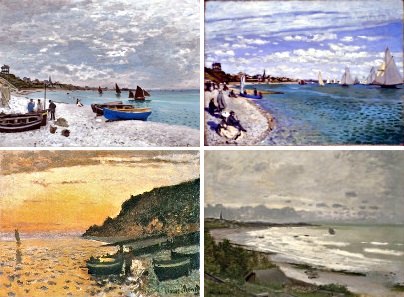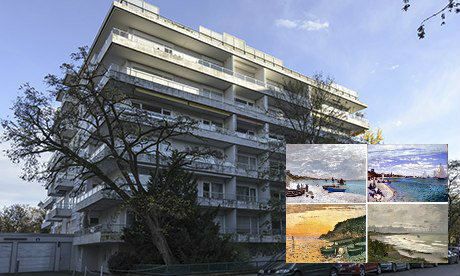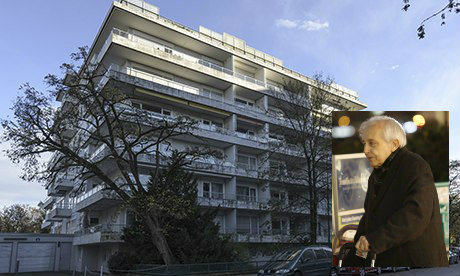A Claude Monet landscape painting recently turned up from the art hoard discovered in a dinghy Munich flat last 2012.
The trove of valuable artworks found in the Munich flat owned by Cornelius Gurlitt may have been discovered some two years ago but it still has a few surprises hiding under its sleeve. Take for example the recent find by the team of art historians tasked at its investigation — a previously unknown Claude Monet landscape painting.
The Claude Monet landscape painting was found inside the suitcase the art collecting recluse Cornelius Gurtlitt took to the hospital before his death last May of this year, the team said in an interview Friday, September 5.
According to Matthias Henkel, one of the taskforce’s member, the Claude Monet landscape painting may have been done by the renowned French artist way back in 1864. Furthermore, it closely resembles Monet’s Vue de Sainte-Adresse. The latter is in Monet’s catalogue raisonné and is not deliberated as a lost art piece. Henkel further pointed out that artists painting a number of pictures in the same motif is not at all unusual.

Investigation is Still Ongoing
The team of art historians stated that the recently discovered Claude Monet landscape painting will be included with the other 1, 280 artworks they are probing into. They will try to see whether the painting is also looted by the Nazis during the Second World War.
It can be remembered that the art-collecting recluse had inherited the hoard from his father, Hildebrand Gurtlitt, one of the handful art dealers the notorious Nazi regime allowed to trade in what they dubbed as ‘degenerate art’.
The Cornelius Gurtlitt’ collection included works from art heavyweights such as Picasso, henri Matisse, Otto Dix and Max Liebermann, among others. The discovery of the hoard went public November last year, though, reports have surfaced that German authorities have already known about it as early as 2012. When the news about the Munich flat collection came out, there were speculations about it containing art pieces looted from Jewish families by the Nazis during the Holocaust.
As to date, however, only two pieces from the collection were identified as loots. The first one is a Matisse masterpiece entitled Sitting Woman. The taskforce stated that the said artwork rightfully belonged to the collection of French art dealer Paul Rosenberg. The second art piece is a Liebermann work — the Two Riders on the Beach. A descendant of the late Jewish art collector David Toren was named righful owner of the said masterpiece.

Nevertheless, these two painting have not yet been returned to their rightful owners. Additionally, seven other art pieces from the stash are under the suspicion of being Nazi loots.
And the Hoard Goes to…
Cornelius Gurtlitt died way back in May 8 of this year with his long-standing heart illness pointed out as the culprit. In his will, he named the Swiss gallery, Kunstmuseum Bern, as the sole heir of his collection. The said museum has had no previous dealings with Gurtlitt and is expected to make its decision about the recluse art collector’s stash.

